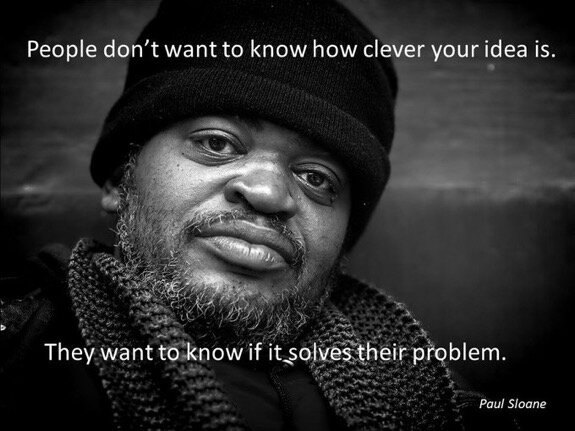Throughout my career, I have been fortunate to have worked with some outstanding people and these opportunities has enabled me to work across businesses and functions, allowing me to understand organisational dynamics through people, process and technology. This has been proven to be invaluable as I engage stakeholders and explore ideas and opportunities in line with business priorities.
“Once the game is over, the king and the pawn go back into the same box.”
I have had the pleasure of working for global companies and have acknowledged that humans and knowledge are the two of the most important resources. There are huge financial incentives that keep the status quo locked in place with the “this is just how it is” attitude. I think that all successful people begin with these two beliefs:
1. The future can be better than the present, and
2. I have the power to make it so.
Do you agree? I have seen great results and productivity improvements in organisations leveraging this framework. Contact me via e-mail and let’s have a conversation.




















